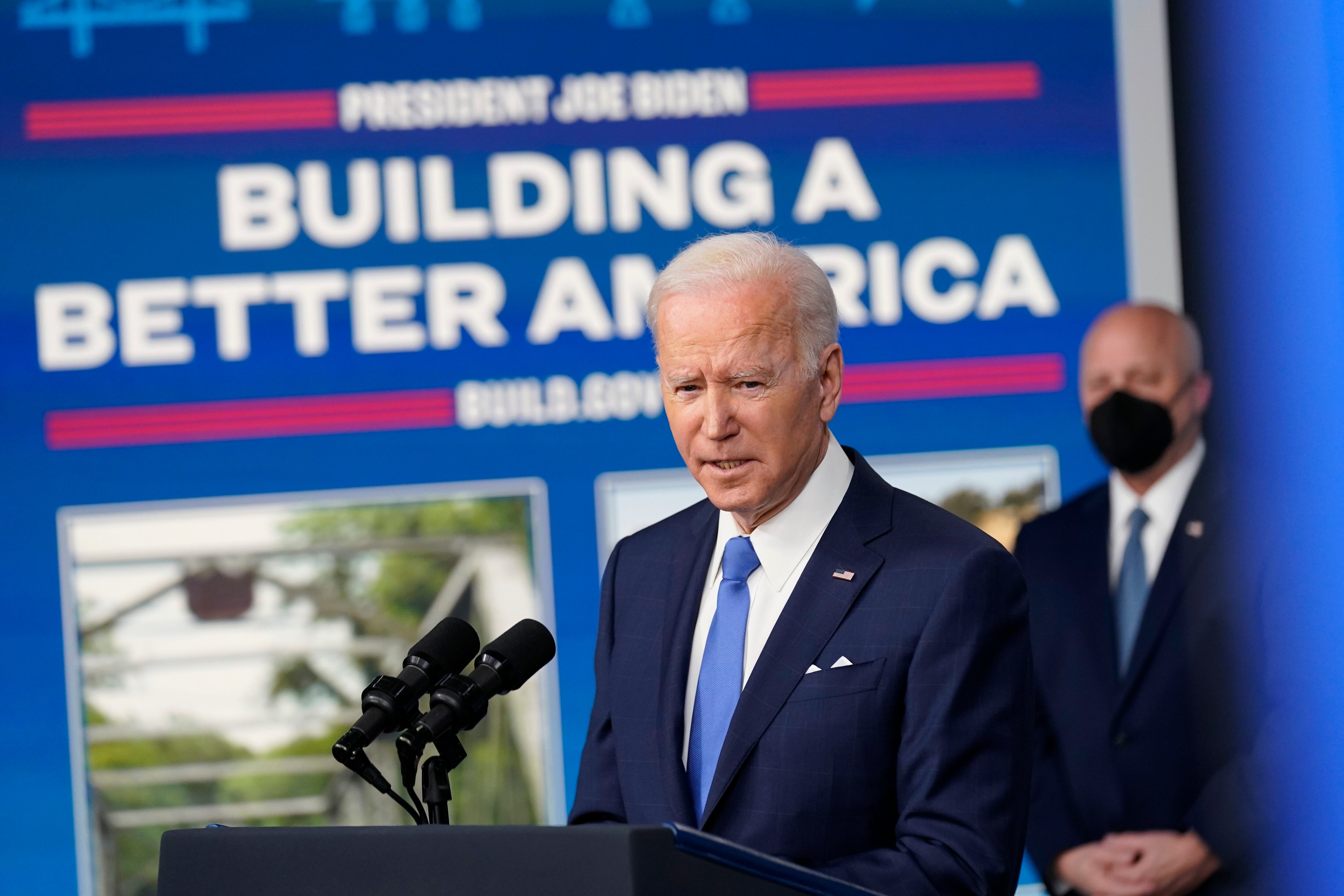Seven years.
That’s how long the U.S. has to make half of vehicle sales electric if it wants to stay on course to meet net-zero emissions by 2050.
That’s a steep hill to climb given that electric vehicles made up just 8% of U.S. car sales in last year. Although government mandates and federal funding are in place to support this growth, consumers are still wary. A main reason? Drivers are worried that limited and unreliable chargers will leave them stranded — and justifiably so. Even in regions that lead the nation in use of electric vehicles, more than 25% of fast chargers don’t work.
The Biden administration knows charging is a major barrier to entry, which is why it’s spending $7.5 billion to build out America’s EV charging network, coupled with $2.5 billion in grants from the Federal Highway Administration. This money will help scale the number of public chargers to 1.2 million to make powering an EV as accessible and reliable as filling up at a gas station. But unlike a gas pump, EV chargers require sophisticated back-end software to function.
RELATED

Today, most of that software is proprietary and lacks interoperability — a problem that’s being solved with open source.
EV chargers require charge management software that communicates between the hardware and the charge point operator, or CPO. This communication is essential because most EV chargers don’t have a human attendant like gas stations do. At a gas station, if a pump’s card reader is down, an attendant will quickly identify the issue and process the payment at the cash register, causing a minor inconvenience to the driver. If a card reader is down at an EV charger, the CPO may not even be alerted that there’s an issue. For the driver, this charger will appear operational but won’t be able to process their payment or start a charge — a frustrating and all too common experience.
The majority of charge management software is built to a standard called Open Charge Point Protocol, or OCPP, created by the Open Charge Alliance. To date, nearly all CPOs have built to OCPP 1.6, which leaves a lot of room for interpretation and doesn’t require real-time monitoring — one reason so many chargers don’t work. In 2019, OCA released OCPP 2.0.1, which has more guardrails in place to standardize charge management software.
Among other necessary functionality, compliant software must
—Monitor uptime, power levels and degradation
— Manage energy consumption and throughput
— Improve transaction handling
— Allow operators to remotely control equipment
— Provide display and messaging support for drivers
These upgrades boost the reliability of chargers and increase interoperability to improve driver experience. That’s why the National Electric Vehicle Infrastructure (NEVI) Formula Program requires public EV chargers to be OCPP 2.0.1 compliant to receive federal funding by February 28, 2024. But moving from 1.6 to 2.0.1 is a major upgrade that most CPOs still aren’t prepared for. To meet the February deadline they have two options: Work with an expensive vendor, or use free open source software that’s OCPP 2.0.1 compliant.
The open source solution
The term open source refers to software that’s freely available for use and modification by the public. The concept has been widely deployed in the tech industry with famous projects like Firefox and Linux — the operating system used by giants including Facebook and YouTube. Now, open source is gaining traction in critical infrastructure as utility companies rapidly embrace it for digital transformation and grid modernization.In the EV industry, Tesla and PIONIX have launched open source projects, but there remains a key gap in available technology: the software communication layer between the charger and the back-end. That’s where open source charge management software comes in.
This software enables widespread interoperability between charging equipment, vehicles and networks, which will enable drivers to charge at more stations. Unlike proprietary solutions, it gives everyone — from enthusiasts to the largest CPOs — a standard platform to adopt and build on top of. And because developers aren’t starting from scratch, it will help them stand up chargers faster, giving them a fighting chance to meet the NEVI deadline for funding.
It’s time to build an accessible and fast charging network
We have just seven years to make half of vehicle sales electric. But it will take more than a mandate to convince Americans to change what they drive. Today, unreliable and limited access to chargers is slowing EV adoption, but open source will help change that. Unlike proprietary solutions, open source software can be used, tested and improved by the entire industry. Contributions ensure that software is kept up to date and addresses all use cases — from the most common to the most unique.
Real-time visibility into charger issues will allow operators to identify and fix them faster so more — and more reliable — chargers will be available to drivers. As an industry, we have the opportunity to make the experience of owning an EV accessible, reliable and joyful. And we’re going to do it with open source.
Julian Offermann is Founder and CEO of S44, a supplier of e-mobility, automotive and energy software products and services.
In Other News




